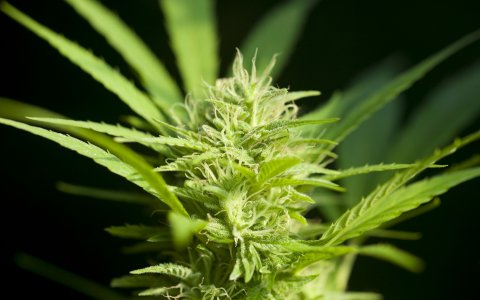Into the void: Regulating pesticide use in Colorado’s commercial cannabis markets
Background
In 2014, Colorado implemented the world’s first seed-to-sale recreational cannabis market under a commercial model. This paper aims to provide a thick descriptive account that gives insight into the issues and complexities of Colorado’s pioneering and evolving attempt to regulate the use of pesticides on commercial cannabis plantations.
Methods
The paper examines multiple data sets including: (i) Colorado State Government documents; (ii) recreational cannabis regulations; (iii) mass and niche media publications (n = 175); (iv) face-to-face interviews with key stakeholders, including seniors, regulators and industry executives (n = 8); and (v) field notes from relevant conferences and cultivation facility tours in Denver in October, 2016.
Results
Two key issues are identified. First, a public safety threat has arisen relating to application of pesticides on cannabis with intensified toxicity in concentrated products of particular concern. Second, as a pioneering jurisdiction, Colorado faces a considerable knowledge gap. To expand collective learning on this issue, for which no regulatory template and little research exists, state regulators tapped industry and other stakeholder expertise while attempting to ensure public safety goals were achieved and regulatory capture by industry was limited.
Conclusion
Four years since the recreational cannabis market in Colorado was legalised, the State continues to grapple with the pesticide issue as testing regulations and cultivation standards are yet to be finalised. While more work is needed, Colorado has made significant progress in developing regulations relating to this complex matter. As governments of countries such as Canada and US states, including California, contemplate changes to recreational cannabis laws, Colorado’s experience can assist regulators in other jurisdictions considering policy change.












